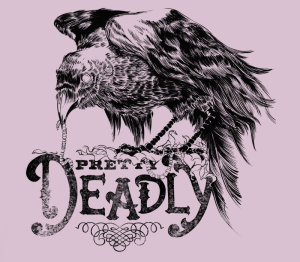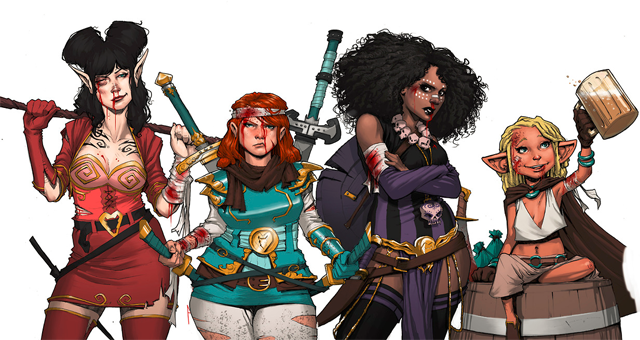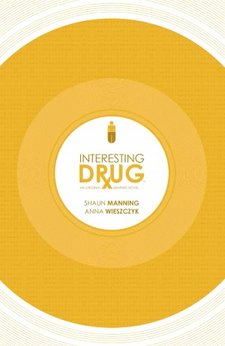Welcome to “Recorded Conversations,” an occasional feature where all the Addison Recorder editors contribute their thoughts about a question, idea, or prompt. Everyone will chime in, and then we see where the conversation wanders. After the annual pop culture festival that is San Diego Comic Con, and shortly before fall semester starts at universities, J. Michael Bestul has posed this quandary:
Question: You’re teaching a class in popular culture, literature, or the like. As part of your curriculum, you need to incorporate one graphic novel or comic book series, and only one. Which one do you use, and why?
—
I have to admit that I am not nearly so versed in graphic novels and comics as J. and Andrew. Certainly, I enjoy them, but I have never made it a point to explore them in full. Thankfully, I actually do teach courses where I would encounter just such an predicament as J. laid out in his prompt, so I have an answer all ready to go.

My choice if I were to teach one graphic novel in a course would be Ghost World by Daniel Clowes. It’s the story of two disaffected teenage girls, Enid and Rebecca, drifting through their post-graduation life with an excess of ennui and a distinct lack of direction. As written and drawn by Clowes it’s the type of works that feels at once deeply personal and surprisingly universal. Certainly, not every student is going to see a direct reflection of their dyspeptic suburban environment, as I did when I first read it. But the feelings of discontent that both girls feel are undoubtedly universal, especially at that stage of late adolescence.
Neither Enid nor Rebecca have big dreams in Ghost World, just a desire to find something meaningful to do, and maybe someone to care about without a protective layer of irony. Not exactly the Jay Gatsby-types, but Ghost World is a much more grounded work than Fitzgerald could have dreamed of. Ghost World isn’t set in the here and now anymore (it was published almost 20 years ago, ye gods…), but it depicts universal emotions in such a specific manner that I think it would resonate strongly despite any initial skepticism towards the form or its content.
That reluctance plays into my decision as well. In my teaching experience, it has been a repeated delight to push new materials on my students when they expect not to like it. Screening films like The Tree of Life, Gegen die wand, or even Young Mr. Lincoln is met with groans and eye-rolls. Most 19-year-olds aren’t terribly interested in pushing their own cultural boundaries, and don’t expect to ever like anything they encounter in a classroom. Introducing a graphic novel that is not about superheroes, and which doesn’t make up for that with romance or drama, seems like a sure way to engender grumbling.
So when it comes time for class discussion, it is deeply gratifying to hear “I expected to hate it, but that was really interesting.” Not every reaction will be like that, obviously, but I fully expect that Ghost World would earn the remark from someone. Other graphic novels would do much the same, of course. But Ghost World means a lot to me, and half the fun of designing your own curriculum is making others experience things you enjoy, so it wins.
—
Read the responses from the other editors, J., Andrew, and Travis, as they are published throughout today
 Pretty Deadly (vol. 1)
Pretty Deadly (vol. 1)







